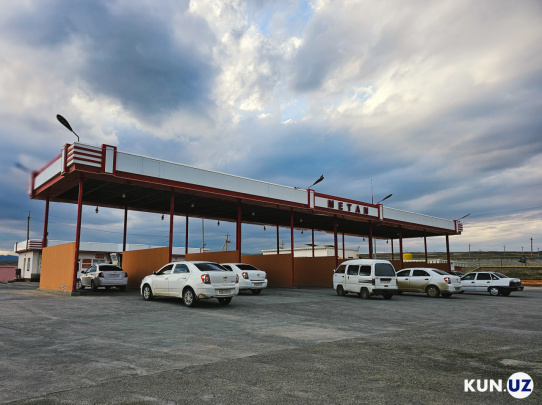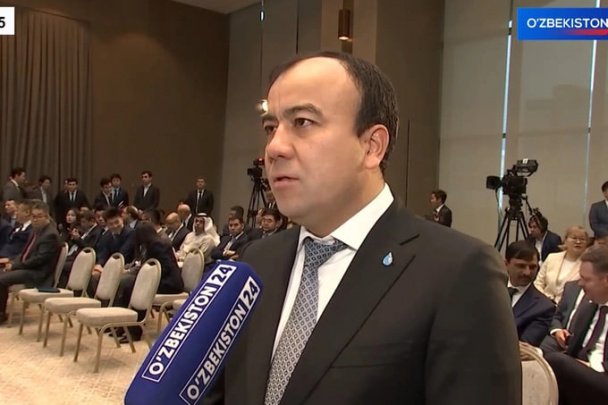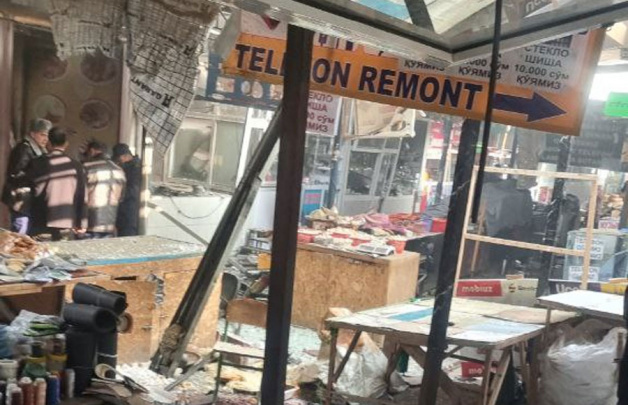Lingering crisis: Gas field disaster leaves Boysun families displaced and uncertain
Nearly two months after a second explosion at the “25th Anniversary of Independence” gas field in Boysun, Surkhandarya region, local residents continue to face uncertainty. The initial explosion on September 1 was followed by a second blast on November 9, causing a massive fire and significantly reducing the spread of gas odors in surrounding areas. However, concerns remain about the long-term safety and resettlement of displaced villagers.
Recurrent explosions and fires
On November 9, videos of a fire at the gas field circulated on social media, showing firefighters battling the blaze. Sources confirmed that the incident was triggered by a powerful explosion, which led to a large fire. Local residents reported that the smell of gas, which had plagued nearby villages for weeks, diminished following the incident.
A resident shared that dismantling a key gas tower, referred to as the "vishka," was instrumental in reducing the gas emissions. “They cut down the tower, diverted the remaining gas through pipelines, and set it alight. Since then, there’s been no gas odor, not even in nearby villages like Kofrun,” he said.
Life in limbo for displaced residents
For many Boysun residents, the explosions and resulting gas emissions disrupted their lives. Displaced families remain uncertain about their futures, with no updates from officials or the contractor responsible for managing the gas field.
A video of a local resident, Qurbonali Kholmurodov, recently gained attention. In it, he highlighted his asthmatic daughter’s suffering from the gas odors and criticized the lack of assistance. He later disclosed that he was summoned by authorities for questioning after the video leaked but stated that his daughter is now receiving medical support and her condition has improved.
While the reduction in gas odors is a positive development, many displaced residents remain in temporary shelters, such as dormitories, unsure how they will endure the winter months. Speaking to the media, residents expressed frustration over inadequate communication and support.
Community voices call for action
Displaced families describe living in limbo, often relying on relatives or struggling to make ends meet in temporary accommodations.
One pregnant woman lamented her situation: “I am forced to live in a college dormitory. Renting an apartment costs at least two million UZS. People say we’re staying here for the free food, but we just want to go back to our homes, even if we have to eat dry bread there.”
Another woman shared her concerns about her daughter-in-law’s pregnancy complications, attributed to the gas emissions. “We sent her to Tashkent for medical care because the doctors here couldn’t handle her condition. We’re struggling to figure out what to do next.”
Official response and outlook
Energy Minister Jurabek Mirzamahmudov stated in early October that containing the gas field crisis might take until late January 2025. Temporary measures, such as burning off excess gas, have been implemented to mitigate risks. If initial plans fail, additional wells may need to be drilled to control the situation, potentially prolonging the resolution.
Meanwhile, residents face a bleak winter with no clear timeline for returning home. Officials and the contracting company have remained largely silent on the matter, leaving displaced families to cope with uncertainty and hardship.
Related News

19:34 / 11.12.2025
Energy Ministry restricts CNG filling station operations due to reduced gas imports

16:32 / 10.12.2025
SOCAR–Uzbekneftegaz project could fully replace Uzbekistan’s petroleum imports

16:22 / 06.12.2025
Four killed, several injured in blast at “Shams LTD” facility in Bukhara

15:08 / 05.12.2025



